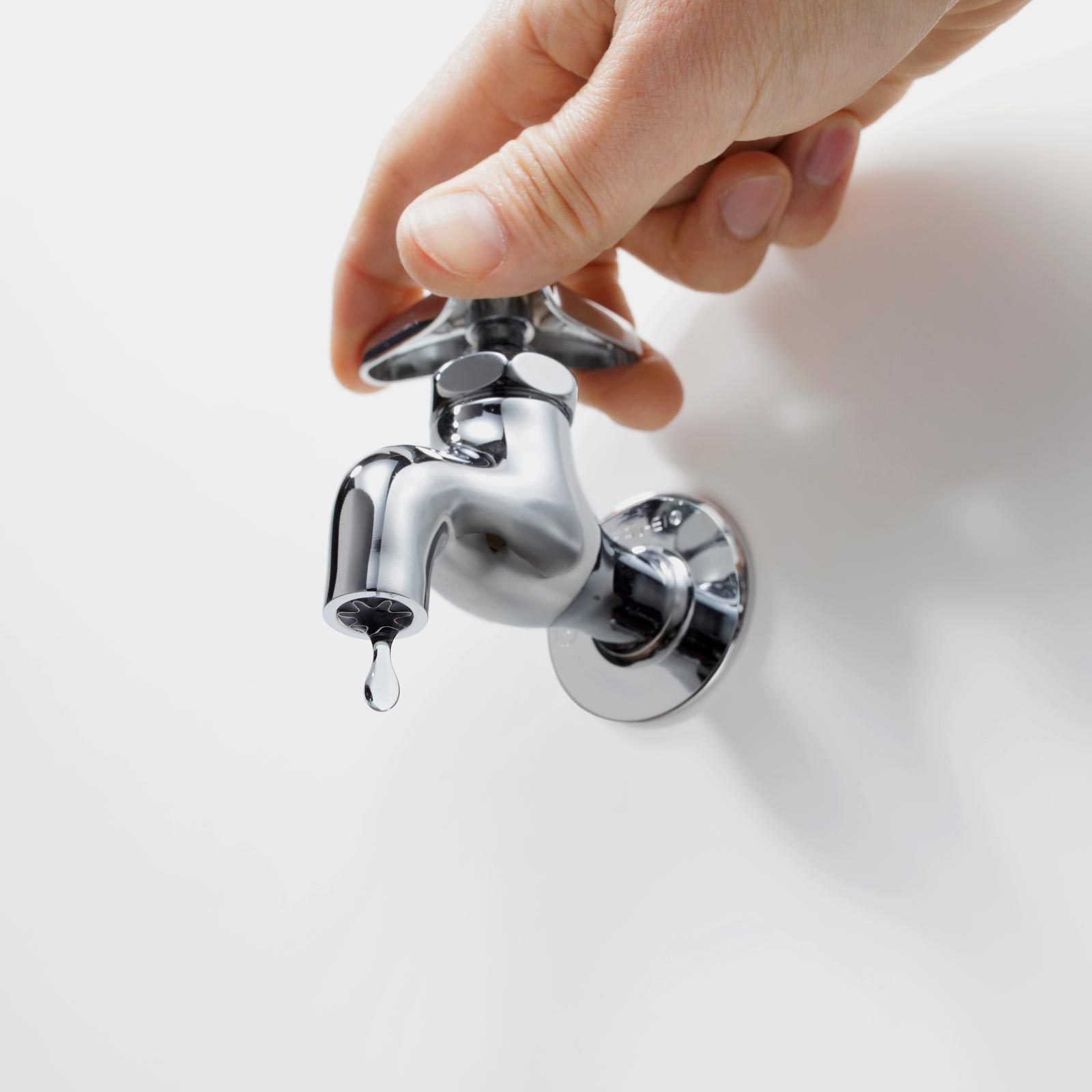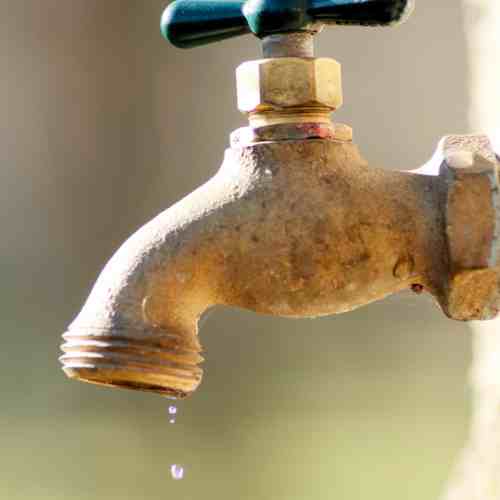Outcomes of a Busted Faucet
Outcomes of a Busted Faucet
Blog Article
Just about everyone has their own piece of advice involving Health Risks Posed by Leaking Faucets.

Intro
A leaky faucet might look like a minor annoyance, but its effects expand far beyond the periodic drip. Comprehending the results of a leaking faucet is essential for both homeowners and the setting. In this post, we'll explore the numerous effects of this usual family issue and why resolving it promptly is crucial.
Root Causes Of Leaky Faucets
Dripping faucets can arise from a range of variables, including deterioration, high water stress, and corrosion. In time, the continuous use taps can lead to worn-out seals and gaskets, triggering leakages to create. In addition, too much water pressure can place pressure on plumbing components, bring about leakages. Deterioration and corrosion can additionally damage tap parts, making them vulnerable to leak.
Water Waste
One of the most substantial effects of a leaking faucet is water wastefulness. Also a little drip can add up to gallons of drainage gradually. This not only increases water expenses however also adds to water shortage and environmental destruction. Dealing with dripping taps promptly is critical for preserving this valuable resource and lessening its impact on the world.
Financial Impact
In addition to drainage, leaky taps can additionally have a considerable economic impact. Enhanced water costs are a straight consequence of water waste, costing home owners hundreds of dollars yearly. Additionally, the expense of fixing water damages brought on by leaks can be substantial, specifically if left ignored for an extended duration.
Environmental Impact
The environmental effect of leaking taps prolongs past water wastefulness. By preserving water, home owners can contribute to wider initiatives to mitigate water deficiency and shield all-natural ecosystems. Lasting options such as rainwater harvesting and water-efficient components can even more lower the ecological impact of household water use.
Technological Solutions
Innovations in innovation have actually caused the growth of wise taps and water-saving devices that assist decrease water wastage. Smart taps make use of sensors to identify motion and change water circulation appropriately, reducing waste without sacrificing benefit. Water-saving devices such as aerators and low-flow showerheads are also effective in conserving water without compromising efficiency.
International Viewpoints
While leaking faucets may feel like a local problem, they add to wider global obstacles such as water deficiency and climate adjustment. In areas already encountering water stress and anxiety, every drop counts, making leakage avoidance and repair vital. By taking on water-saving methods and buying sustainable innovations, property owners can play their component in dealing with these pushing global problems.
Regulatory Steps
Federal government regulations play a vital duty in reducing the effect of leaking taps and advertising water preservation. From building codes that require water-efficient fixtures to water-saving incentives and rebates, policymakers have a range of tools at their disposal. By implementing and enforcing these regulations, governments can ensure that homeowners focus on water preservation in their every day lives.
Neighborhood Impact
Resolving dripping faucets requires cumulative efforts at the community level. By elevating understanding about the relevance of water conservation and giving resources for leakage detection and fixing, regional authorities can encourage property owners to do something about it. Initiatives such as water-saving discount programs and leakage detection campaigns can incentivize behavior change and promote accountable water use.
Instance Researches
Real-life examples of the effect of dripping faucets highlight the relevance of aggressive maintenance and timely repair work. From water damage to escalating water expenses, the repercussions of neglecting leaks can be serious. By sharing these case studies, house owners can better understand the significance of addressing dripping taps quickly.
Educational Campaigns
Educational campaigns play an essential role in elevating understanding about the results of leaking taps and promoting water preservation methods. Through workshops, workshops, and online sources, homeowners can discover how to find and repair leaks themselves. By encouraging individuals with understanding and devices, educational projects can promote a society of responsible water usage within neighborhoods.
Wellness Concerns
Leaking faucets can produce helpful settings for mold and mildew growth, positioning health and wellness dangers to passengers. The visibility of mold and mildew can aggravate respiratory system problems and allergic reactions, especially in susceptible individuals. Additionally, water damages arising from leaks can compromise the structural honesty of structures and result in costly fixings.
Do it yourself vs. Professional Repair
When confronted with a leaky tap, house owners frequently dispute whether to attempt fixings themselves or employ a professional plumber. While DIY fixings can save cash, they may not always resolve the underlying problem properly. Professional plumbers have the experience and equipment to identify and take care of leakages appropriately, guaranteeing long-term options and comfort for home owners.
Safety nets
Preventing leaky taps calls for normal upkeep and aggressive procedures. Basic tasks such as replacing worn-out washing machines and seals can protect against leakages from establishing. Additionally, updating to high-grade fixtures and decreasing water pressure can aid extend the lifespan of taps and reduce the threat of leaks.
Conclusion
To conclude, the results of a leaking tap prolong far past the occasional drip. From water wastage and increased water costs to health and wellness concerns and ecological impact, the effects of disregarding leakages can be significant. By attending to dripping faucets quickly and embracing water-saving techniques, property owners can alleviate these results and add to a more sustainable future.
Why You Shouldn’t Ignore a Leaky Faucet in Your Home
What Causes a Leaky Faucet?
Various factors can cause a leak, from loose and worn-out parts to corrosion. Your faucet has four essential components from which most plumbing issues will stem: the O-ring, the valve seat, the washer and the gasket.
What Is an O-Ring?
The O-ring is a stem screw that fastens parts of the faucet in place, preventing water from leaking out of the spout. Depending on your faucet type, the stem might have multiple O-rings. Water will drip from the faucet’s handles and base if this part breaks or deteriorates.
What Is a Valve Seat?
The valve seat controls the flow and temperature of the water. Found at the base of the handle, it works as a seal for the faucet’s stem. The valve seat ensures the water is allowed to flow or is blocked as the handles dictate. You’ll know it’s malfunctioning when water leaks from your faucet’s sides.
What Is a Gasket?
The gasket is found between the water inlet and the valve stem. It creates a seal between the faucet and the sink, holding its joints by aerators attached to the stem’s head. Water will trickle out from the base if the gasket isn’t working.
What Is a Washer?
The washer secures the handles and prevents leakage, serving a similar purpose to the O-ring. While the O-ring is ordinarily round and made from an elastic material, such as rubber, the washer is square-shaped and composed of brass, copper and other hard metals. If it malfunctions, corrodes or has been improperly installed, water will leak out of the handles, causing that incessant faucet drip.
Why Is a Leaky Faucet Dangerous?
A leaky faucet left alone for too long can have significant consequences.
Pest Infestations
Since bugs and rodents gravitate towards the scent of water, a leaky faucet will draw pests to your sink. Both are looking for leaks accessible through crawl spaces, which a faucet provides. If you leave water dripping for too long, you run the risk of an infestation.
Rust
If one of the faucet parts has started to corrode, the resulting rust can spread to your pipes and valves with startling speed. The rust might even lead to cracks or other impairments, resulting in more severe plumbing issues.
Your sink could also sustain damage from a leaky faucet. The water in your tap possesses sparse elements of calcium and iron that can stain your sink with repeated and prolonged exposure. Once those elements in the water have been open to the air for some time, your sink will start to rust, creating marks that can be difficult to remove.
https://www.tomsmechanical.com/blog/why-you-shouldnt-ignore-a-leaky-faucet-in-your-home

As a passionate person who reads about The Environmental Impact of Leaky Faucets, I was thinking sharing that information was essential. Sharing is caring. One never knows, you will be helping someone out. Many thanks for being here. Kindly check up our blog back soon.
Report this page